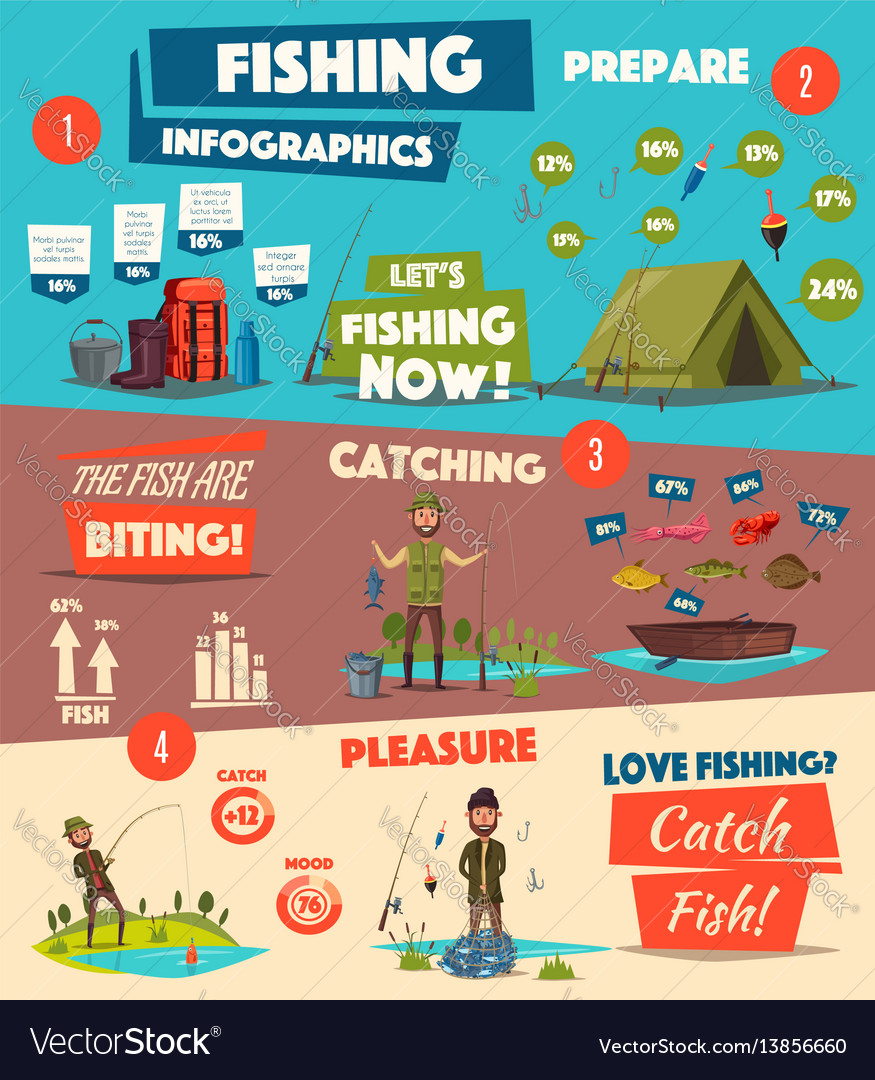Stargazing can be a gratifying and peaceful pastime. It promotes mindfulness and connects us to nature, specifically in beautiful environments like remote mountain tops and deserts where light air pollution is marginal.
Should you put a tarp over your tent?
The most effective time to daydream is throughout the fall and winter season, when temperatures are milder and weather are a lot more steady. Bring a tent and sleeping bag to remain comfy while viewing the celebrities.
Prepare Ahead
If you haven't been stargazing for some time, it is necessary to get comfy before you start looking up. Plan in advance by using cozy clothes, bringing additional layers (even in heat wave the UK can be cold), and loading a thermos of something hot to consume.
Preferably, locate a spot far from city lights. You'll be able to see even more celebrities and planets without the disturbance of light contamination.
You don't require to bring a telescope or binoculars to appreciate the stargazing experience, although they can aid you see more details of celestial objects. You can even utilize your mobile phone to find earths, stars, constellations and galaxies with a daydreaming application. Just bear in mind that the celebrities can be tough to see on an intense phone screen.
Bring Comfortable Clothes
When stargazing, it's necessary to dress warmly. Also in summer, nights can be cold, so use layers and a hat to secure yourself from the aspects.
Consider bringing a thermos with hot cacao or coffee to remain energized as you look at celestial objects. It additionally helps to have a canteen so you can remain hydrated while you observe.
Find a spot away from city lights and near to wide-open countryside. This will help in reducing light pollution and make it easier to see celestial objects. Ideally, attempt to plan your stargazing adventure around the time of a new moon or within 3 days before and after. This will certainly supply the darkest skies feasible, perfect for observing celestial objects and phenomena. Bring a map, compass or GPS device to browse to your viewing area and stay clear of getting lost.
Bring Snacks
If you're mosting likely to be out in the aspects for a long period of time, be prepared with comfortable seating and snacks. You may remain for a couple of hours at the optimal of your stargazing experience, so having some chairs or blankets to sit on can make the evening extra satisfying.
You may wish to bring a headlamp, but if you do, be sure it's red so you don't interrupt other stargazers with your normal light. Your eyes require to accustom to the darkness, and making use of a routine light will certainly disrupt this process.
A flask of a warm drink is additionally a wonderful concept-- you can get comfortable in your covering with some tea, warm cacao or perhaps coffee! Simply make sure to pack the recyclable containers so you're staying hydrated.
Bring a Telescope or Binoculars
Daydreaming is an activity that includes standing in a dark place for long periods of time, so it is very important to see to it you fit. An excellent way to do this is by bringing a reclining chair or blanket to being in. This makes the experience extra delightful and enables you to concentrate on the celebrities rather than your hurting back!
For advanced stargazers, a telescope can be a great tool to have. A basic reflector or substance telescope can be enough to observe the moon's teepee tents craters, the rings of saturn, and also some larger galaxy and galaxies.
Field glasses are also an excellent choice to telescopes. They are mobile, cost effective, and easy to use, and can help you see a great deal greater than what your naked eye might take care of by itself.
Plan Your Trip
A successful daydreaming experience calls for careful preparation. Clothing appropriately, bringing warm drinks and comfy seating (like reclining chairs or camping coverings), and educating somebody concerning your journey details and expected return time are necessary for safety and security.
Picking the right location is also essential. Search for dark sky locations that are far from light contamination-- like national forests or marked dark-sky gets. And strategy your visit during the new moon for the darkest skies.
Avoid making use of flashlights as much as possible, because they interfere with your ability to see the stars-- and remember that it takes 20 minutes for your eyes to re-adjust after each usage. If you do need to use a flashlight, consider covering it with red cellophane to preserve your night vision. Also, be sure to research celestial events like meteor showers or eclipses.
Where do you get glamping?
